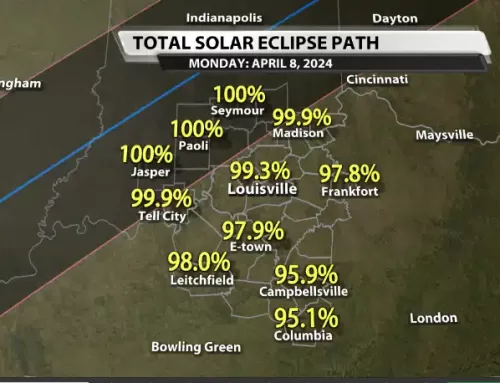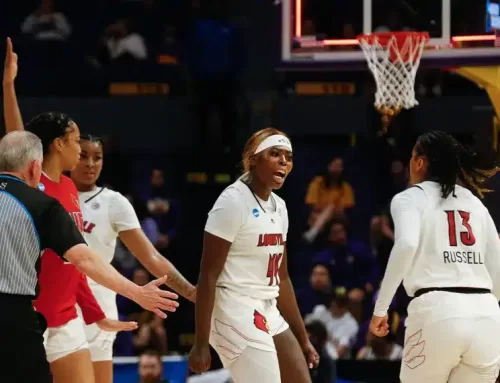By Rea Hodge–
On Oct. 4, Louisville residents of all ages organized at 4th and Jefferson streets to participate in Occupy Louisville, an all-day public demonstration in collusion with Occupy Wall Street, whose participants vowed to stage a permanent protest against corporate influence in politics until their demands were addressed.
On Oct. 7, the movement came to the University of Louisville, as participants marched from the Belknap campus’ Humanities quadrangle to the corner of 6th and Jefferson streets downtown.
Protesters chanted “We are the 99 percent,” while holding signs reading “Corporations are not people” and “Where’s my bailout?”
A number of students and alumni from the University of Louisville, as well as other metropolitan colleges, attended the events to voice concerns over corporate influence in government and the rising cost of education. Most reported concern with widespread unmanageable student loan debt and a lack of opportunities for post-college employment.
Mikal Fawbush, Program Coordinator for The Muhammad Ali Institute for Peace and Justice at the University of Louisville, was in attendance on Oct. 4.
He said student involvement in Occupy Louisville was spurred mainly by the fact that “students are starting to realize – especially as they start to look for jobs in their junior and senior years – that there aren’t any jobs to be had, and it’s not their fault. A lot of corporations are not allowing their employment base to expand. It definitely should be in the forefront of student’s minds because eventually they’re going to have to go out and actually be a part of this larger society.”
The number of participants ranged throughout the day on Oct. 4, peaking at about 200 people. Protesters took to the microphone, giving reasons why they were there and developing organizing strategies to sustain a long-term protest.
Louisville joins the ranks of a growing number of cities with Occupy movements, including Boston, Chicago, Los Angeles, Seattle and others, which can be found at the Occupy Together website.
The Occupy movements across the U.S. have spread rapidly since Sept. 17, due to online organizing via social networking platforms. Though the movements have gained traction across age boundaries, including sizable support from labor unions, the development and organization of individual city cells are primarily in the hands of 20-somethings.
Former University of Louisville student, Shahla Mahdavi, created occupylouisville.com with her brother, and spoke about her personal investment in this movement at the event’s kick-off in Louisville on Oct. 4.
“Unfortunately, my mom got sick with cancer. When that happened I had to stop going to school,” Mahdavi said. “Now I can’t go back because I can’t get a loan because I can’t pay off my previous student loans. Education is constantly being pushed to the back burner because people can’t pay for it. So you have to choose whether you want to eat, or whether you want to educate yourself. People have to choose that now, and it should be a right, not a choice.”
Organizers in Louisville continue to work cooperatively with the Louisville Metro Police Department, sleeping overnight at the Belvedere at 5th and Main streets, where they instituted a “quiet time” between 11:00 p.m. and 8:00 a.m.
Other consensus decisions included prohibiting violence, weapons and illegal contraband in the demonstration area. Organizers moved the demonstration after securing a permit for 6th and Jefferson streets, and are continuing their occupation there now.
As of Oct. 7, there had been no arrests in conjunction with the demonstrations.
Students spoke at length at the kick-off about corporate personhood and its effects on the working class.
Meghan Lampe, a junior and a women and gender studies major at the University of Louisville, said “there’s still a wage gap. Women only earn about 70 cents to every dollar that men make, but our country treats corporations as people. One percent of this country’s population holds the majority of the country’s wealth, but what about the other 99 percent? That’s all of us. That’s our wage gap. Women’s experiences here reflect everyone’s experience.”
[email protected]
Photo: Nathan Gardener/The Louisville Cardinal




